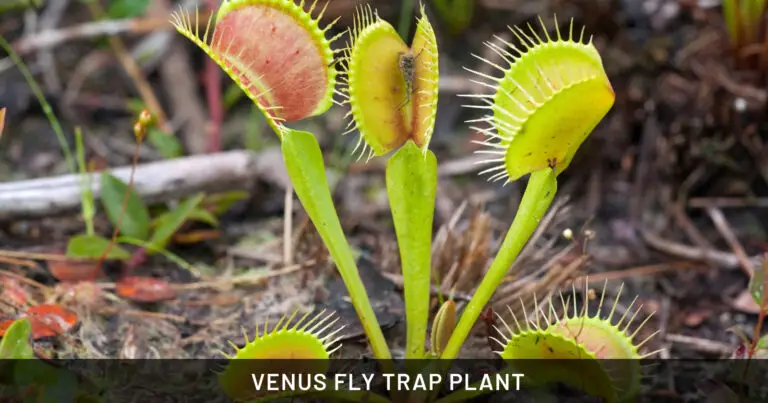Easter Cattleya Plant: Safe for Dogs, Cats & Horses | Outdoor & Pet Friendly
The Easter Cattleya, also known as Cattleya mossiae, thrives with a touch of care and bright, indirect light. Celebrated for its vibrant blooms that peak around Easter, this orchid enchants with hues ranging from deep violet to soft pink. For pet owners, the Easter Cattleya is a delightful choice—it’s non-toxic to both cats and dogs. Ensure it enjoys well-draining medium and moderate humidity. Water weekly, but let the soil slightly dry between waterings to mimic its native, airy environment. This orchid not only brightens homes but does so safely, coexisting with your furry friends without risk. Delight in its seasonal spectacle, a perfect blend of pet-friendly and botanical beauty.
Here’s a detailed table summarizing the physical and scientific characteristics of the Easter Cattleya (Cattleya mossiae):
| Characteristic | Detail |
|---|---|
| Scientific Name | Cattleya mossiae |
| Common Name | Easter Cattleya |
| Family | Orchidaceae |
| Origin | Native to Venezuela |
| Type | Epiphytic orchid |
| Bloom Time | Typically blooms around Easter (spring) |
| Flower Color | Varieties include shades of pink, purple, and white |
| Leaf Color | Bright green |
| Leaf Shape | Oblong, leathery |
| Growth Habit | Upright, clumping |
| Size | Can reach up to 2 feet in height |
| Light Requirement | Prefers bright, indirect light |
| Watering Requirement | Water weekly, allowing slight drying between |
| Soil Type | Well-draining orchid mix |
| Temperature | Thrives in warm conditions, avoid temperatures below 55°F (12°C) |
| Humidity | Prefers moderate to high humidity |
| Toxicity | Non-toxic to cats and dogs |
| Propagation | Typically by division of pseudobulbs |
| Common Pests | Susceptible to spider mites and scale insects |
How to Grow and Care for Easter Cattleya
Is the Easter Cattleya (Easter Orchid) toxic to dogs/cats/horses?
No, Easter Cattleya is not toxic to dogs, cats and horses according to reputable sources like the ASPCA.
Can my pet nibble on an Easter Cattleya without getting sick?
While non-toxic, large quantities of any plant material can cause mild stomach upset in pets. The Easter Cattleya’s flowers and leaves are unlikely to be very appealing to them.
Is the Easter Cattleya safe to keep indoors with pets around?
Absolutely! The Easter Cattleya is a popular choice for pet-friendly homes. It’s generally safe and the orchid’s delicate nature might deter curious pets from chewing.
Are there any special precautions I need to take with an Easter Cattleya and pets?
Even though non-toxic, excessive chewing can damage the plant. Here are some tips:
- Placement: Since Easter Cattleyas prefer bright, indirect sunlight, consider placing them on high shelves or in hanging baskets where pets can’t reach them easily.
- Supervision: Monitor curious pets, especially young ones, around the plant to prevent excessive chewing.
- Provide alternatives: Offer your pet chew toys or designated safe plants to redirect their chewing behavior.
What if my pet chews on an Easter Cattleya flower or leaf?
If you notice your pet chewing on the Easter Cattleya, remove any large pieces from their mouth. Monitor them for signs of stomach upset. If they seem unwell, consult a veterinarian.






